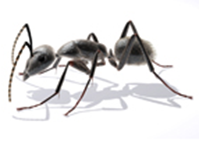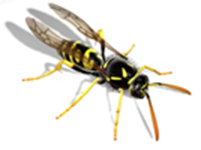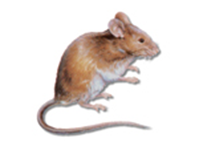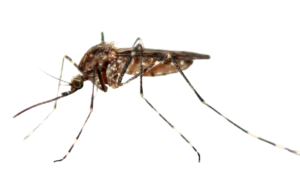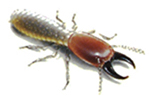Wasp & Bee Control Services
Protecting your Home and Family from WASPS, BEES and other STINGING PESTS
Talk to an Expert
We’ll be in touch to personalize your pest protection plan:
RESIDENTIAL WASP AND BEE CONTROL
Stinging Pests are not all that fun to come in contact with! During the Spring Summer and Fall they can be active and aggressive. We can find these critters inside homes as they over-winter around siding cracks and roof lines. It is not uncommon to find large nests in eaves & attics. Some of the common wasps and yellow jackets are listed in our library. Take a look… but don’t get too close!
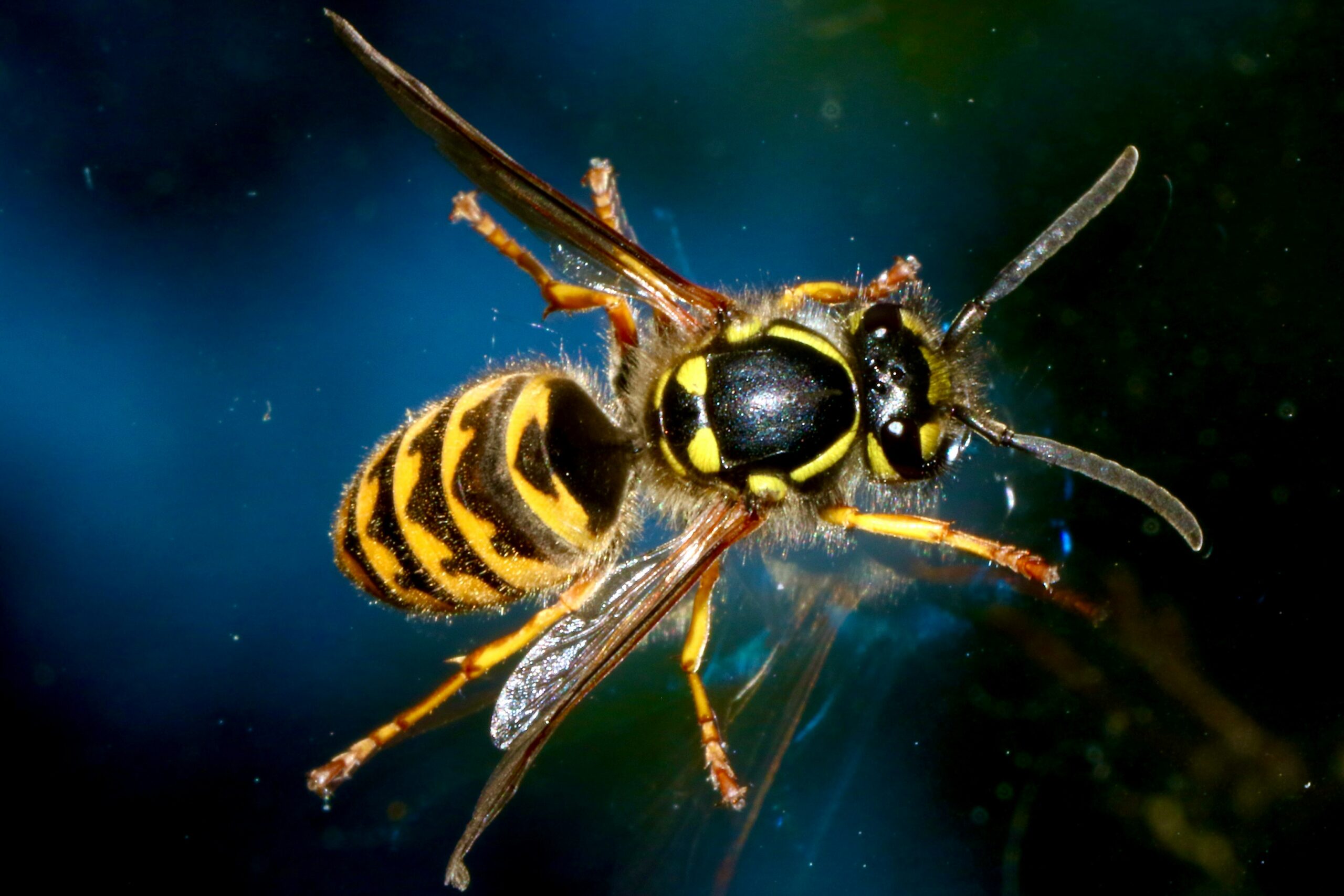
Wasp & Bee Control
___
Encountering stinging pests is far from enjoyable, and at Pointe Pest Control, we specialize in effective wasp control solutions in. Spring, summer, and fall mark the peak activity of these pests, and they can be particularly aggressive. Our expert services address the presence of wasps inside homes, especially during the winter months when they seek refuge around siding cracks and roof lines. Large nests in eaves and attics are not uncommon, making professional wasp control essential. Explore our library for information on common wasps and yellow jackets, but remember, don’t get too close!
Behavior, Diet and Habits
___
Wasp species fall into two categories: social and solitary. Social wasps live in colonies, with female workers handling all nest duties. Solitary wasps, on the other hand, live alone, laying eggs that hatch without the support of a colony. Wasps exhibit diverse feeding behaviors; some are predatory, killing and consuming other insects, while others are parasitic, laying eggs in living creatures like caterpillars. Wasps contribute to biological pest control in agriculture and also function as pollinators, feeding on nectar from flowers.
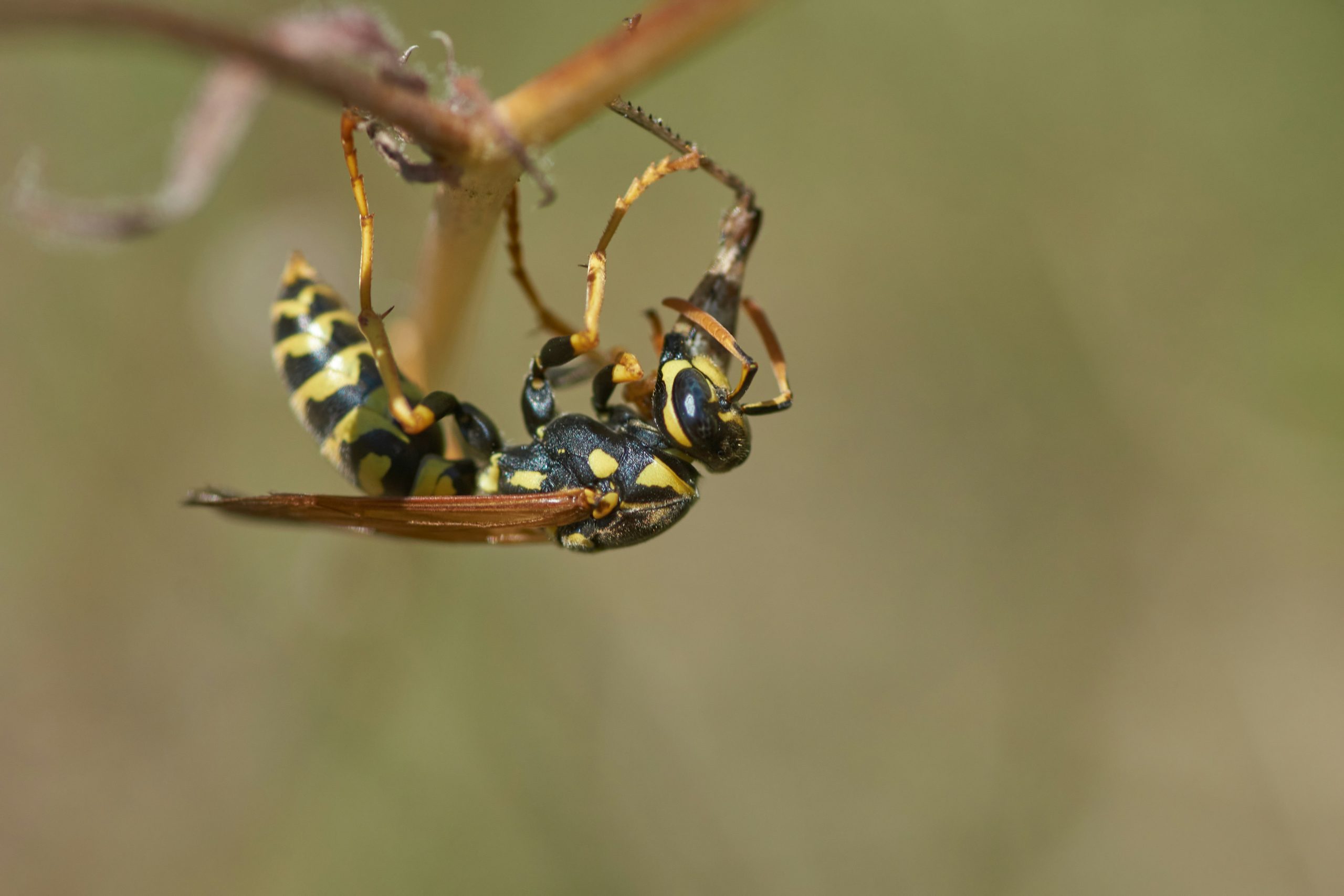
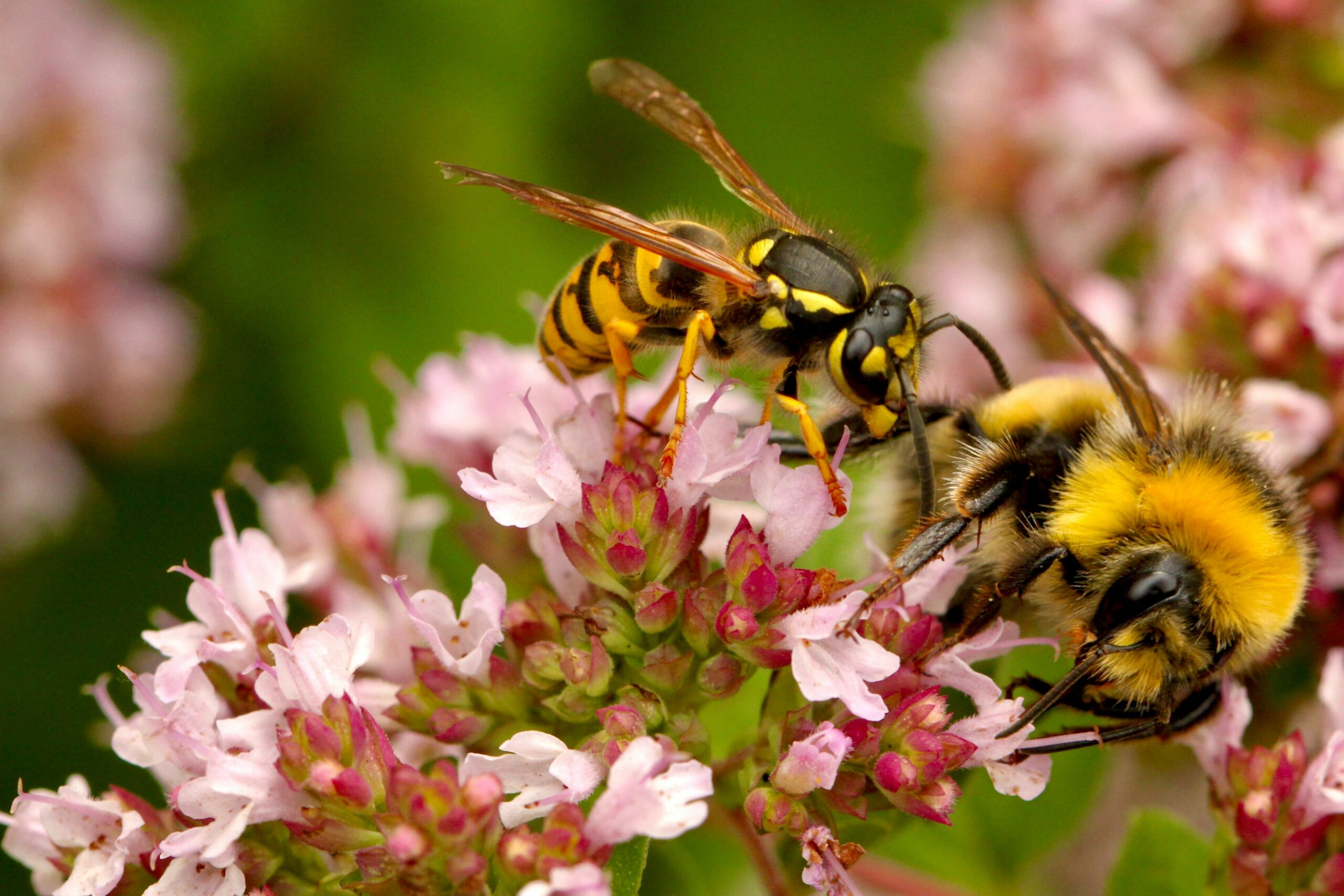
Reproduction
___
Late in summer, queens of some species produce unfertilized eggs that develop into males. These males fertilize future queens, which overwinter in sheltered locations. The rest of the colony typically perishes in winter. Come spring, queens lay eggs, producing workers responsible for building nests and feeding larvae. Wasps, though beneficial in many ways, can be aggressive and capable of multiple stings when threatened.
Signs of a Wasp Infestation
___
Identifying a wasp infestation depends on the species, but commonly, signs include the presence of workers and nests. Vigilance is crucial, especially if you notice increased wasp activity around your property.
Trust Pointe Pest Control for comprehensive wasp control services in ensuring your home remains a wasp-free haven. Say goodbye to stinging pests with our professional and tailored solutions.
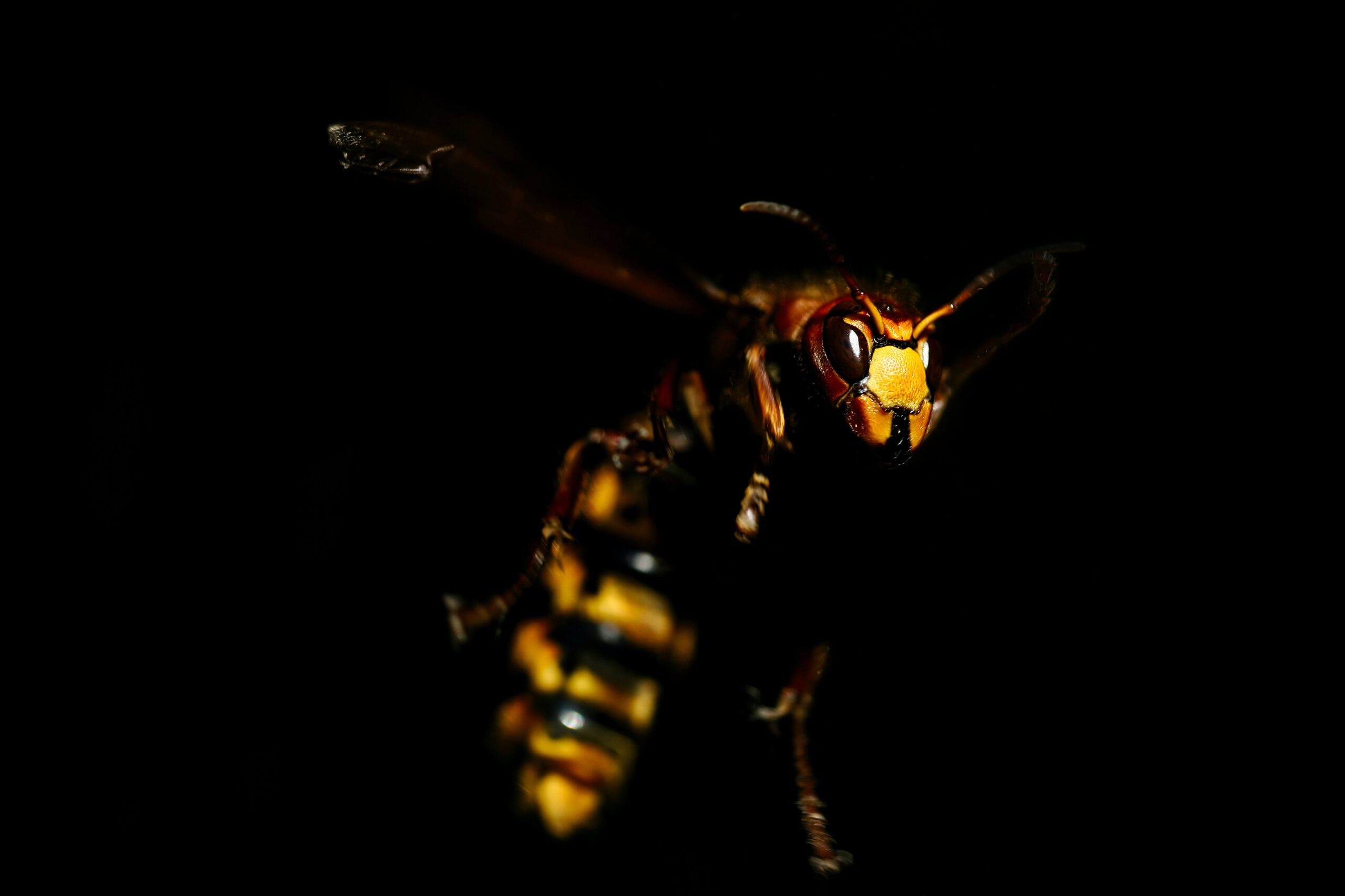
Why Pointe Pest Control?
At Pointe Pest Control, we provide the peace of mind that your home and family are protected from unwanted pests. We are committed to providing you with the best pest control and customer service you can find. Live pest-free with Pointe Pest Control!
CALL (610) 277-7575
FOR YOUR FREE ESTIMATE TODAY



Free Pest Control Quote
Get in touch with us today and we’ll give you a free quote.
Call (610) 277-7575
or fill out the form below
UNDERSTANDING THE SEASONS
Weather has a profound effect on pest life cycle. Most pests, rodents and insects breed aggressively during spring and go through periods of hibernation during autumn and winter.
+ SPRING
Moisture in the spring enhances breeding grounds for insects. This is the time when pests are laying their eggs and developing their nests. It is important to stay on top of pests before these eggs and immature nymphs develop into breeding adults.
+ SUMMER
Pests are in high gear in the summer. If the immature stages of the pests were not controlled earlier, they are now reproductive adults. The offspring of these reproducing adults are out foraging for food and water to continue their exponential development.
+ AUTUMN
As the evenings and mornings begin to cool, insects get the signal it is time to find a nesting site for the winter. The warmth and protection of your home becomes a very attractive harborage. Spiders actually follow their prey as they move into warmer structures.
+ WINTER
Colder weather has arrived and the pests are set in their nesting sites. Insects do not die off in the winter and magically reappear in the spring – they continue to feed and breed, although at a slower pace. Pests who have found their way into your home enjoy the warmth and continue to function.
Common Pests
ANTS
Chances are, you have had a run in with an ant infestation. Because their colonies can contain anywhere from several thousand to a million individual ants, they will always be a pesky insect problem.
SPIDERS
With their eight legs, multiple eyes, and poison fangs, it is easy to see why so many people are terrified of spiders. Our technicians will get them out of your home so you can rest easy.
Wasps/ Bees
All you need to do to attract most stinging pests is go outside with your favorite drink, meat, or picnic items. If you get too close to their nest, you will quickly understand why stinging pests are a problem.
Rodents
Not only are rodents extremely destructive, they can also transmit a large number of terrible diseases, viruses and parasites. Eliminating a rodent infestation will help you protect your home and your health.
Mosquitoes
Mosquitoes are best known for their annoying habit of feeding on blood to help in egg production. No matter what stage in their life cycle, mosquitoes tend to be located in standing water.
Other Pests
There are a lot of different pests out there. At Pointe Pest Control, we can help you identify the pest and create a specific treatment plan. No matter the type of pest or the size of the infestation, we have a solution.

